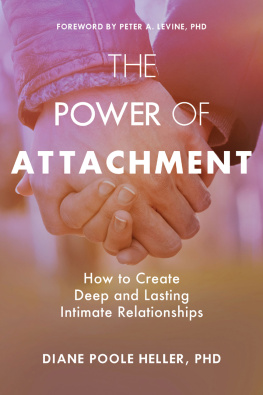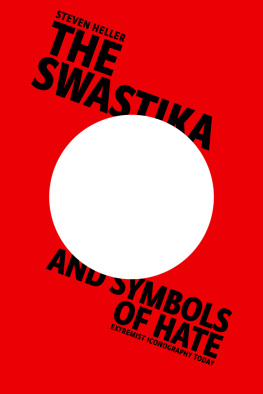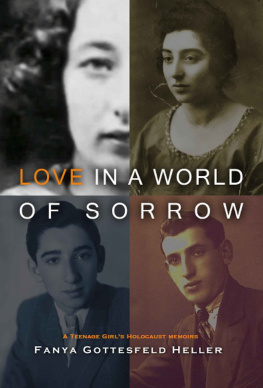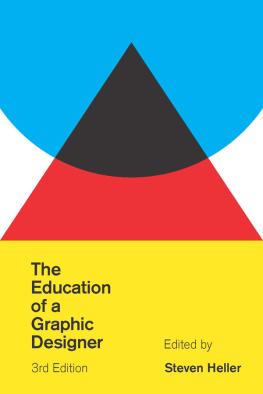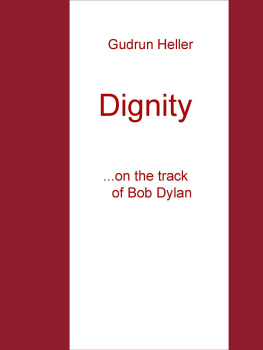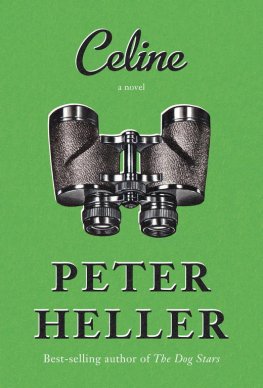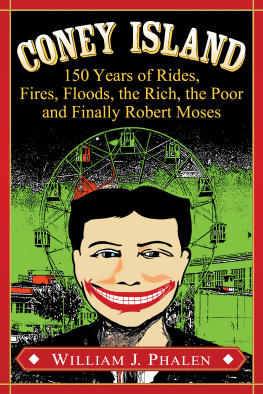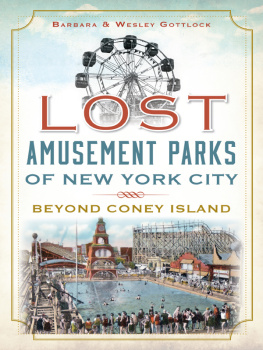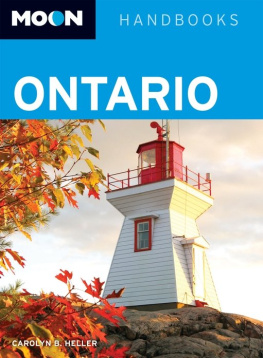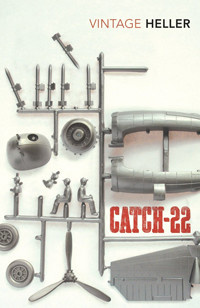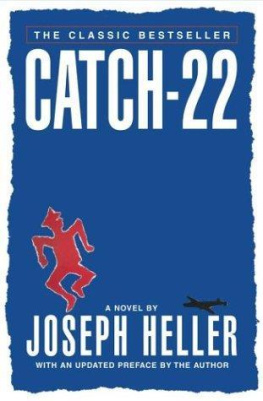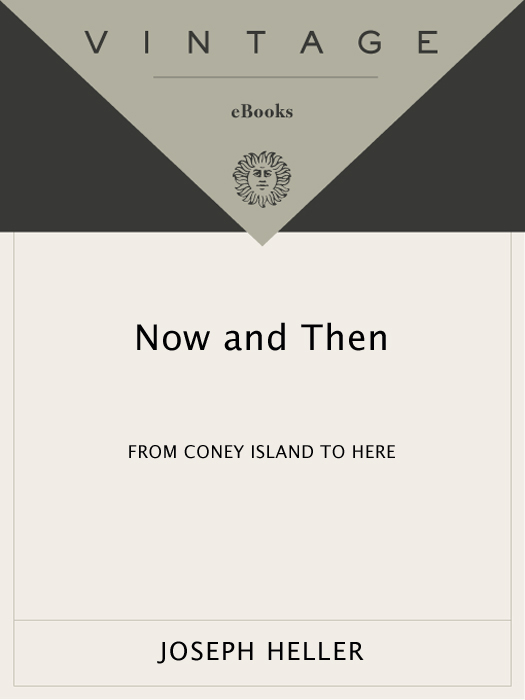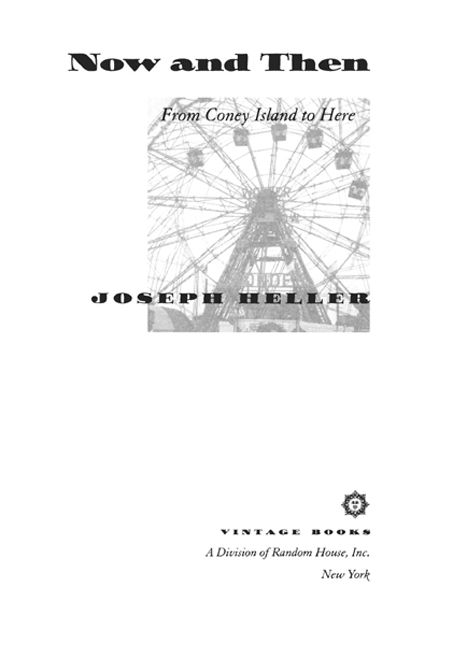
JOSEPH HELLER
Now and Then
From Coney Island to Here
Joseph Heller was born and raised in Brooklyn.
He lives in East Hampton, New York.
Also by JOSEPH HELLER
Catch-22
We Bombed in New Haven (play)
Something Happened
Good as Gold
No Laughing Matter
(with Speed Vogel)
God Knows
Picture This
Closing Time
VINTAGE BOOKS EDITION
Copyright 1998 by Skimton, Inc.
All rights reserved under International and Pan-American Copyright Conventions. Published in the United States by Vintage Books, a division of Random House, Inc., New York, and simultaneously in Canada by Random House of Canada Limited, Toronto. Originally published in hardcover in the United States by Alfred A. Knopf, Inc., New York, in 1998.
The Library of Congress has cataloged the Knopf edition as follows:
Heller, Joseph.
Now and then: from Coney Island to here / by Joseph Heller.
p. cm.
1. Heller, JosephBiography. 2. Novelists, American20th century
Biography.
I. Title.
PS3558.E476Z468 1998
81354dc21 97-49658
eISBN: 978-0-307-76696-0
Author photograph: Jerry Bauer
Title page photograph courtesy of Carol Schops
www.randomhouse.com
v3.1
For my sister, Sylvia
Contents
ACKNOWLEDGMENTS
The author would like to thank Donald Kaplan,
Judy Walsh and the staff of the Brooklyn Public Library,
and the entire staff of the East Hampton Public Library.
1
The Gold Ring
THE GOLD RING on the carousels was made of brass. Even as kids in Coney Island we didnt believe it was the real thing. By the time wed grown old enough to ride the outside horses and lunge out sideways to grasp the metal rings that swung toward us for the final few rotations, the carousel was no longer enchanting and we had no deep desire for the free ride that the last, lucky gold one awarded. By then we had nickels enough to go around again if we wanted to, but we tended to spend them on attractions that were higher and faster, more spectacularroller coastersand, for fun, the electric bump-cars.
We were luckier with the staying power of our craving for things like pretzels, potato chips, jelly doughnuts, and chocolate bars. Mark Twain is said to have remarked that by the time were tall enough to reach the jar of jam on the high shelf of the cupboard, we find that weve lost our taste for jam. No such rueful fate struck me or my friends or any in the small family of four of which I was the youngest, not with edibles like halvah or salted peanuts, ice cream, kosher corned beef and hot dogs, or even salami sandwiches. When we found ourselves with enough cash to obtain as much of these delicacies as we wanted, we still had a hearty appetite for them, and we tended to indulge ourselves, and still do, by eating as much as, sometimes more, much more, than we truly did, and do, want.
Of late, my best defense against corpulence has been to keep out of the house supplies of things to eat that reason cautions I shouldnt be stuffing into myself. Pistachio nuts, for instance, whether in petite jars or five-pound bags, have a feeble chance of extended survival once I discover them close at hand. If theres ice cream in the freezer, I feel a commanding moral responsibility to move it out of the house as quickly as Im able to swallow as much as is there. Lately, Ive discovered that salty pretzels go very well with just about any dessert I am likely to have at home. Theyre also good by themselves. If, before going to bed, I happen to remember we have sliced turkey breast in the refrigerator, the odds are heavy that Ill put some in my mouth as I find my way into the bathroom to brush my teethon a couple of crackers, of course, or half a flat of pita bread, with salt and mustard.
But its ice cream that still tastes most wonderful and is richest in evocative associations extending backward in time almost to the formation of memory itself, to brands and items long extinctto Dixie cups, for example, with their prized photographs of cowboy movie stars on the inside of the lid under a transparent waxed-paper seal. Like the evocations of the cookie to Proust, a meditation on ice cream soon takes me back to the age of eight or nine and into a family setting in which a small container is shared with bliss by the four of us, a mother, a sister, a brother, and me. (I was by many years the youngest.) In summer, ice cream was everywhere. In autumn, though, after the change back from daylight saving time, and even in winter on a black night after dinner and before bedtime, the idea of ice cream might be voiced, taking on a sacramental meaning to our small family in our small apartmentfour rooms, looking out on West 31st Street near Surf Avenue in Coney Island. My motherfinally relaxing in front of the radio with the rest of us, after shopping for dinner, preparing dinner, serving dinner, and cleaning up in the kitchen after dinnermight say with her Jewish intonations that she would certainly very much welcome the taste of a little ice cream. We had no refrigerator then, no freezerno family living in our apartment building didand there would be no ice cream in the house. At that late hour only the soda fountain in a drugstore two blocks away was open. I was the one who would volunteer to go. I would be given a dime to bring back a container. The flavor of our unanimous choice in those years was called Golden Glow. Its hard today to believe that just half a pint of bulk ice cream could have been so satisfying to the four of us, but thats all, as I recall, that a dime paid for. More than a dime for ice cream they couldnt bring themselves to spend. We were prudent with money because we didnt have much, but I, the baby in the family, was never allowed to feel that.
MY SISTER, SYLVIA , was seven years older than I. My brother, Lee, originally Eli, born in Russia and brought to this country at the age of six, was seven years older than she was. In reality, they were only my half brother and half sister, the children of my father and his first wife, who had died. My mother was therefore a stepmother to them. They were, I realize only now, technically orphans, and although they never said so, they must have felt at least a little like orphans. I was, then, the baby in the family, treated by everyone, in effect, like an only child, which in some ways I was.
I had no inkling of these family relationships until I was well into my teens, and I was shocked nearly speechless when confronted by the discovery, which unfolded at my brothers wedding. There, my mothers role in the procession down the aisle was to walk behind him, alone, and I listened dumbfounded to the officiating rabbi praise her so generously for the loving care she had given the groom, the son who was not biologically her own, and the daughter, too. I felt victimized, disgraced. My response to rage then, as it chiefly is still, was to break off speaking to the person offending me. I stopped speaking to my sister one time when she took up cigarettes and another time when she bleached her hair. And this time I may have fallen silent with all three of them, possibly with so deep and vindictive a hurt that I would obstinately refuse to tell any of them the cause, for that would be speaking. My oldest friend in the world, Marvin Winkler, with whom as an infant I had often been lodged together in a playpen, was amazed not long ago when I recalled the incident and related my stunned reaction. He was puzzled by my surprise, for he had been informed of the relationship by his mother when he was still a child and cautioned against hurting my feelings by bringing it up. My sister, too, was taken aback to read my account of this event in a biographical piece about me for which she had also been interviewed. She, along with my mother and my brother, had simply assumed, she claimed, that Id known all along. It was not a scandal, not even a secret. They didnt talk about it because there was no need to.


